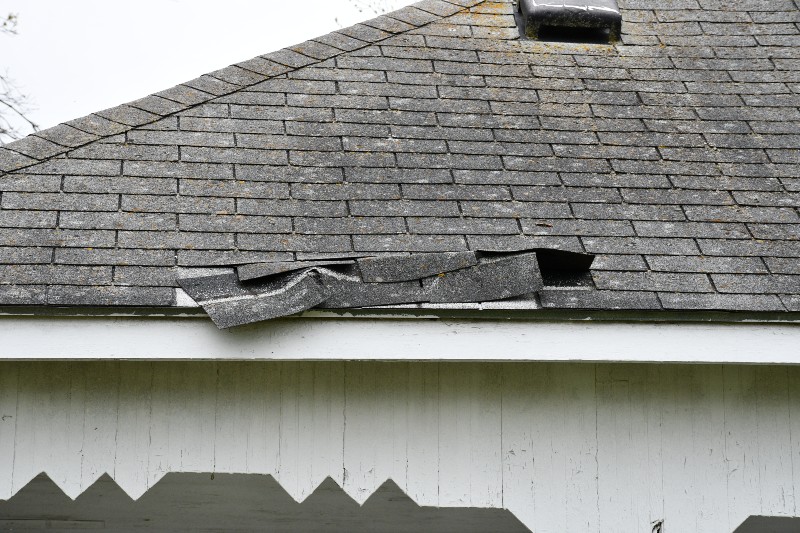Has your roof begun shedding tiny granules? What does this mean and what can you do about it? Read on to learn why roof shedding occurs and find out what you can do to fix the problem before things get worse.
What Are Roof Granules?
Made from crushed minerals and stones, roofing granules serve many different purposes. Granules are added to shingles to help protect a roof from excessive UV-rays, which can hasten the need for shingle replacement. Granules also increase fire resistance, providing an extra layer of protection for your home.
As roofs age, it’s normal for them to lose a certain amount of granular textures. Though natural aging is the most common reason for shedding, other factors can lead to the premature loss of this important protective coating. Here are some instances when you can expect to see increased granule shedding.
New Roof
If your new roof was recently installed, limited granule loss may not be a big deal. It’s common and even likely for new roofs to shed some granules, and it doesn’t necessarily point to a problem with your roof. It’s usually the result of excess granules or loosened granules resulting from workers’ boots.
That said, the granule loss should diminish over time. If you notice continued or increasing granule loss after a few weeks, you should contact a roofing professional to have the new roof inspected. Ideally, you should reach out to a different contractor since the problem may have something to do with a low-quality roofing product or improper installation.
Aging Roof
As roofs age, they will begin to shed more and more granules. In most instances, quality asphalt shingles will experience fairly gradual, evenly spread, granule loss. While it can be unnerving, this is actually a natural part of a roof’s life cycle. It might be something you can ignore. It might mean you need a new roof. You won’t know until you have your roof inspected by a qualified professional.
If your roof has seen some mileage, it may be approaching the end of its lifespan. Leaving your aging roofing system in place will often lead to increased granule loss and large bald spots on your shingles. If you notice a lot of granules, contact a reputable local roofing contractor for a thorough inspection.

Hail Damage
Heavy storms can cause your asphalt shingles to lose granules. Hail damage is especially hazardous to roofing systems because it can lead to pitting. This sort of damage can reduce your shingles’ lifespan. For this reason, you should have your roof inspected after any especially serious hailstorm.
A reputable pro will make sure your gutters are operational and inspect the roof to make sure it is fully intact. They will also make sure there are no loose shingles or bald patches that could lead to future degradation and costly leaks over time.
Installation Defects
If your roof is fairly new but not recently installed, noticeable granule loss could point toward defects due to a low-quality roofing product or improper installation. This can result in the exposure of the substrate via premature balding patches. In this case, you should reach out to a roofing professional to have your shingles replaced as quickly as possible.
Are Your Shingles Shedding?
Is your roof losing granules? You can often tell without having to climb onto your roof. Many times, you can simply examine your downspouts to see if granules have come loose and washed down through your guttering system. You can also often detect problems by looking for discolored or bare spots on your roof.
Do You Need a New Roof?
Roofing granules help weather-proof your roof and keep sunlight from shortening its lifespan. Without them, it’s easier for water and the sun to promote leaks and premature deterioration. With that said, mild granule loss doesn’t always mean you need a new roof. It all depends on each individual situation.
Have you noticed that your roof is shedding granules? Depending on the severity of the shedding and age of your roof, you may be able to replace a few damaged shingles without having to install a new roof. To know for sure, you’ll need to get a thorough inspection from a reputable local roofer.
For decades, A to Z Roofing has been Colorado’s most trusted name in residential and commercial roofing, restoration and repair. Locally owned and operated, we’ve worked continuously throughout the Denver metro area and the Front Range for more than 20 years, serving the needs of homeowners and local commercial businesses. Contact our attentive team of expert professionals to learn how we can repair, restore or replace your damaged or aging roof.
